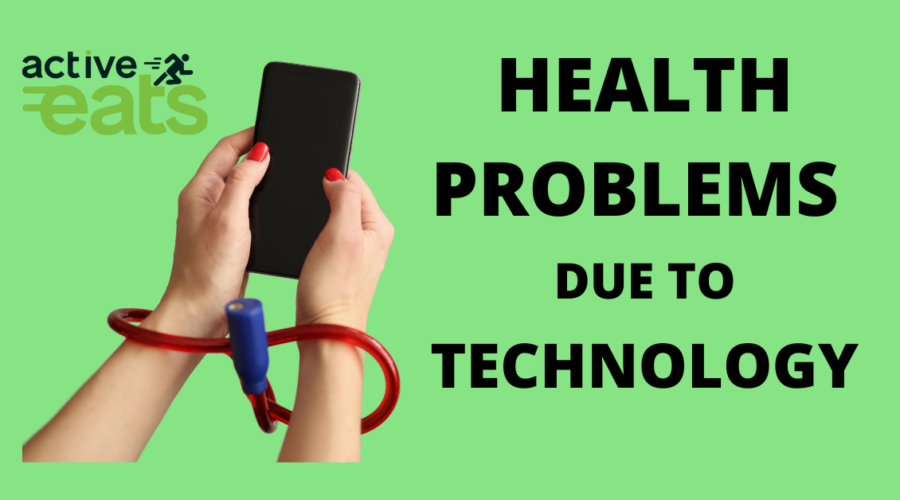Digital Dilemma: Navigating the Health Effects of Technology in the Modern Age
Health Effects of technology are little known apart from technology from being an integral part of our lives, revolutionizing the way we communicate, work, and entertain ourselves. From smartphones to laptops, digital devices have provided convenience and accessibility like never before. However, with the increasing reliance on technology, there are numerous other effects of technology. In this blog post, we will explore the effects of digital technology on mankind’s well-being and shed light on the physical and mental issues that can arise from overuse and excessive exposure to technology.
It is important to be aware of these health effects on technology and take necessary measures to mitigate their impact. So, let’s delve into the negative effects of technology on our health.
Effects of digital technology on Mankind
Digital technology has significant health effects on various aspects of human life, including communication, work, education and entertainment. This widespread use of digital technology has led to increased sedentary behaviour and decreased physical activity levels in many individuals. From screen radiation to privacy concerns, there are many issues associated with widespread use of digital technology nowadays.
Mental Health Effects of Technology
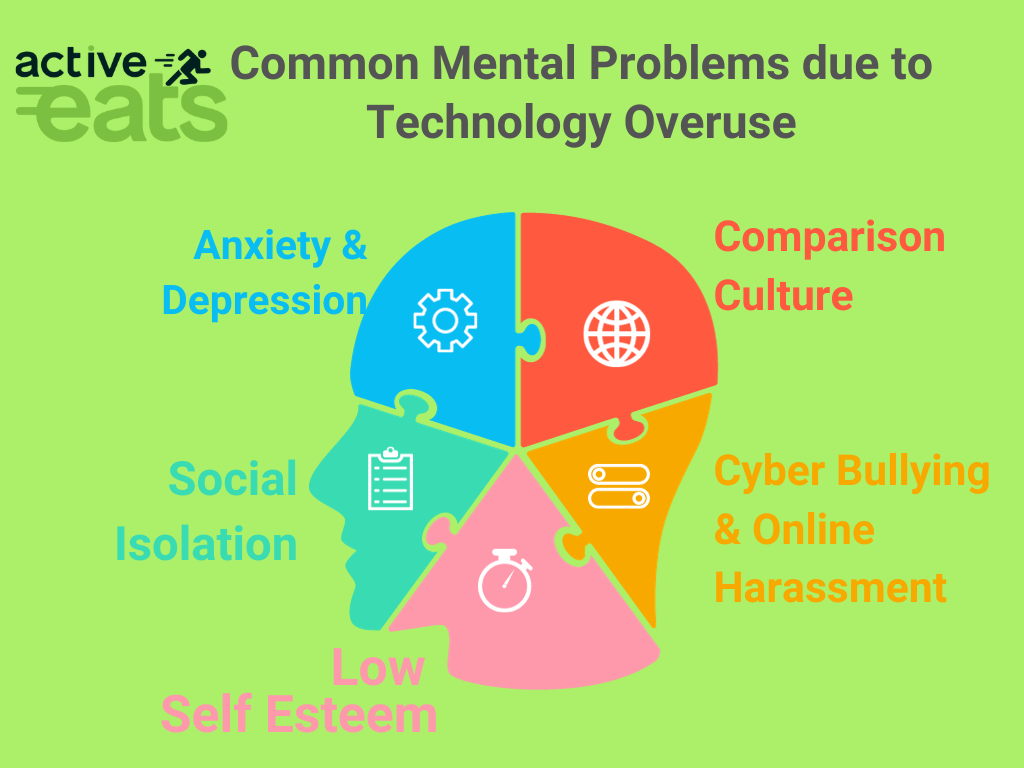
Most common health effects of technology can be seen on our mental health. Excessive use of digital technology has lead to increased risk of mental health issues such as anxiety, depression, and social isolation. Constant exposure to social media and online platforms can negatively affect self-esteem and exacerbate feelings of inadequacy.
Research has shown that increased screen time and over reliance on technology has lead to decreased face-to-face social interactions, which may contribute to feelings of loneliness and isolation. The comparison culture promoted by social media platforms can also lead to a distorted perception of reality and increased anxiety.
Digital addiction can also be seen a lot among teenagers and young people where compulsive use of devices or social media leads to anxiety and withdrawal symptoms. Also, cyber bullying and online harassment is common nowadays which can result in significant emotional distress and trauma.
Physical Health Effects of Technology Overuse

Major health effects of technological overuse can be seen on our physical health. Frequent and prolonged use of digital devices can lead to musculoskeletal problems such as neck pain, back pain, and carpal tunnel syndrome. The repetitive movements and poor posture associated with technology use can strain the muscles and joints, leading to discomfort and potential long-term damage.
The blue light emitted by screens can also have negative effects on physical health due to prolonged screentime leading to dryness and discomfort in eyes as well as headaches. Also, there are debates about potential health risk from prolonged exposure to electromagnetic radiation emitted by digital devices and screens.
One of the most direct effects due to the excessive use of technology is decrease in physical activity. Sedentary lifestyle is becoming more common due to new and advanced technologies which makes every task easier with lesser efforts leading to obesity and weight gain.
Sleep problems due to technology
Another health effect of technological overuse can be seen in our sleep patterns. The use of technology before bedtime can disrupt sleep patterns and negatively affect the quality and duration of sleep. The stimulation from digital devices can suppress the production of melatonin, a hormone that regulates sleep.
Here are some common sleep problems associated with technology use:

Delayed sleep onset: The blue light emitted by screens can inhibit the production of melatonin, making it difficult to fall asleep.
Reduced sleep duration: Engaging with technology late at night often leads to staying awake for longer hours, resulting in insufficient sleep.
Poor sleep quality: The constant exposure to screens can affect the quality of sleep, making it less restful and causing frequent wake-ups during the night.
Disrupted sleep patterns: Checking devices during the night or being woken up by notifications can disrupt the natural sleep-wake cycle.
To improve sleep quality, it is recommended to establish a technology-free bedtime routine and create a conductive sleep environment. This may include:
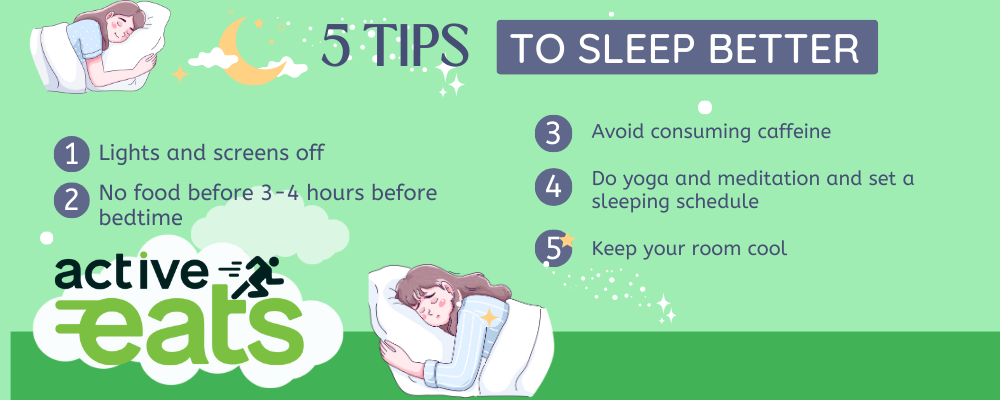
By prioritizing sleep hygiene and reducing technology use before bed, individuals can optimize their sleep patterns and promote better overall health.
Heart Related health Effects of Technology
Excessive screen time and sedentary behavior associated with technology use can increase the risk of cardiovascular diseases such as heart disease and stroke. The constant use of technology can lead to elevated stress levels and disturbs normal sleep patterns, which can further contribute to heart problems.
Also, the social isolation increases stress and anxiety which affects the heart negatively. Additionally, excessive screentime leads to mindless eating and unhealthy food choices which contribute to high cholesterol and heart issues.
Sexual problems due to technology
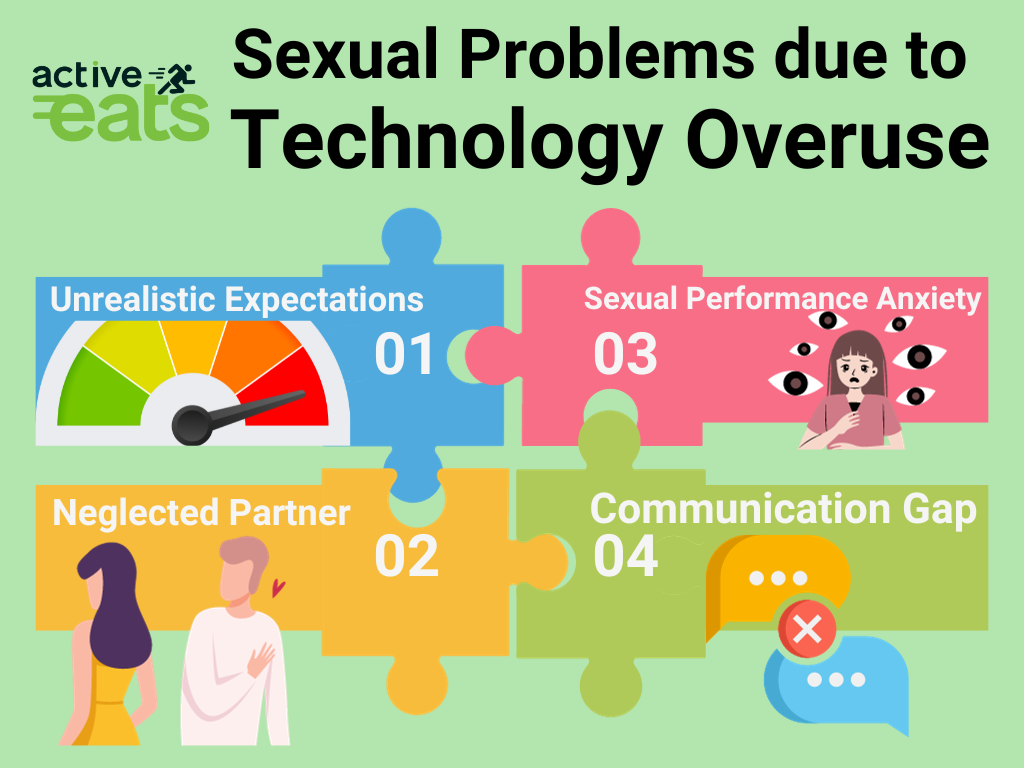
There are many health effects of technology which are sexual in nature. The excessive consumption of online pornography available due to modern technology can lead to sexual addiction and dysfunction. Frequent exposure to explicit content can desensitize individuals and create unrealistic expectations when it comes to sexual relationships.
In addition, the use of technology in intimate relationships can create a disconnection and lack of emotional intimacy. Couples may become more focused on their devices rather than engaging with each other, leading to problems in communication and intimacy.
There is some research that suggests excessive screentime is linked erectile dysfunction. It might be due to reduced physical activities and increased stress level. Also, more time is being spent on screens leading to lack of communication between partners resulting in reduced sexual chemistry.
Technological side effects during pregnancy
Pregnant women should be cautious about the potential health effects of technology use during their pregnancy. Some of the possible effects of technology on pregnant women include:
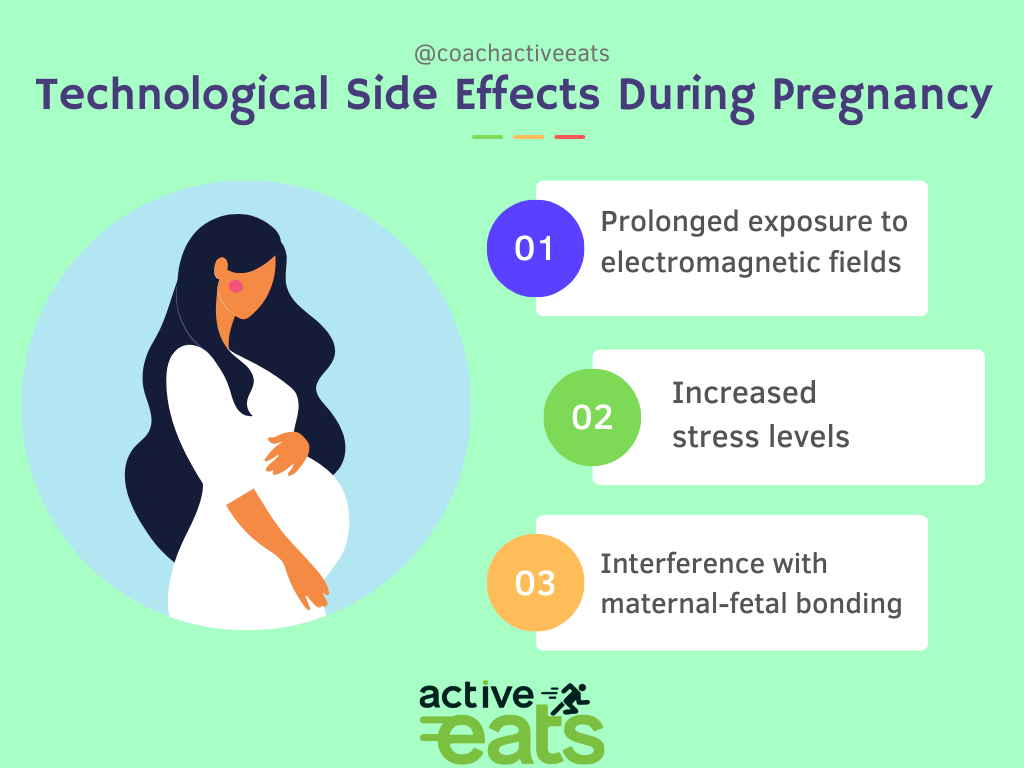
Prolonged exposure to electromagnetic fields: Technology devices emit electromagnetic fields, and prolonged exposure to these fields may have potential risks to the developing fetus. It is recommended for pregnant women to limit their exposure to devices such as laptops and cell phones, especially when placed directly on the abdomen.
Increased stress levels: Excessive use of technology during pregnancy can contribute to increased stress levels. It is important for pregnant women to take breaks from screen time and engage in activities that promote relaxation and stress reduction.
Interference with maternal-fetal bonding: Excessive use of technology can interfere with the bonding between the mother and the fetus. It is advisable for pregnant women to limit their screen time and focus on creating a positive and emotionally connected environment for both themselves and the baby.
It is crucial for pregnant women to prioritize their health and well-being during this important phase of life. Consulting with healthcare professionals about technology use and following their recommendations can help ensure a healthy pregnancy.
Effect of technology on children and teenagers
The excessive use of technology among children and teenagers can have negative side effects that can impact their well-being and development.
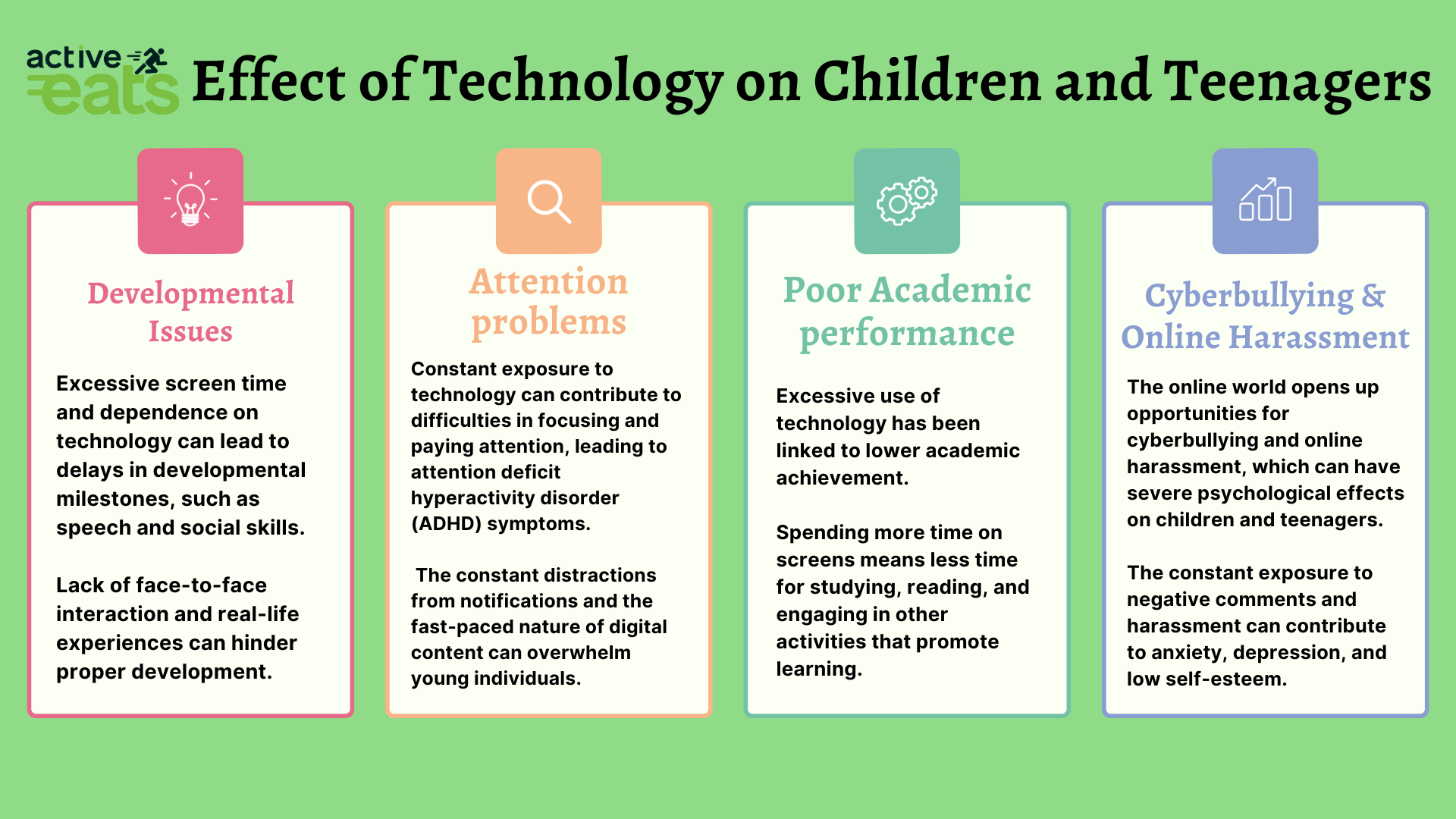
It is crucial for parents and guardians to set healthy boundaries around technology use and prioritize alternative activities that promote a well-rounded childhood and adolescence.
Effect of Technological Overuse on Body Posture
One of the many health effects of technology is poor posture. Excessive technology use can adversely affect body posture.
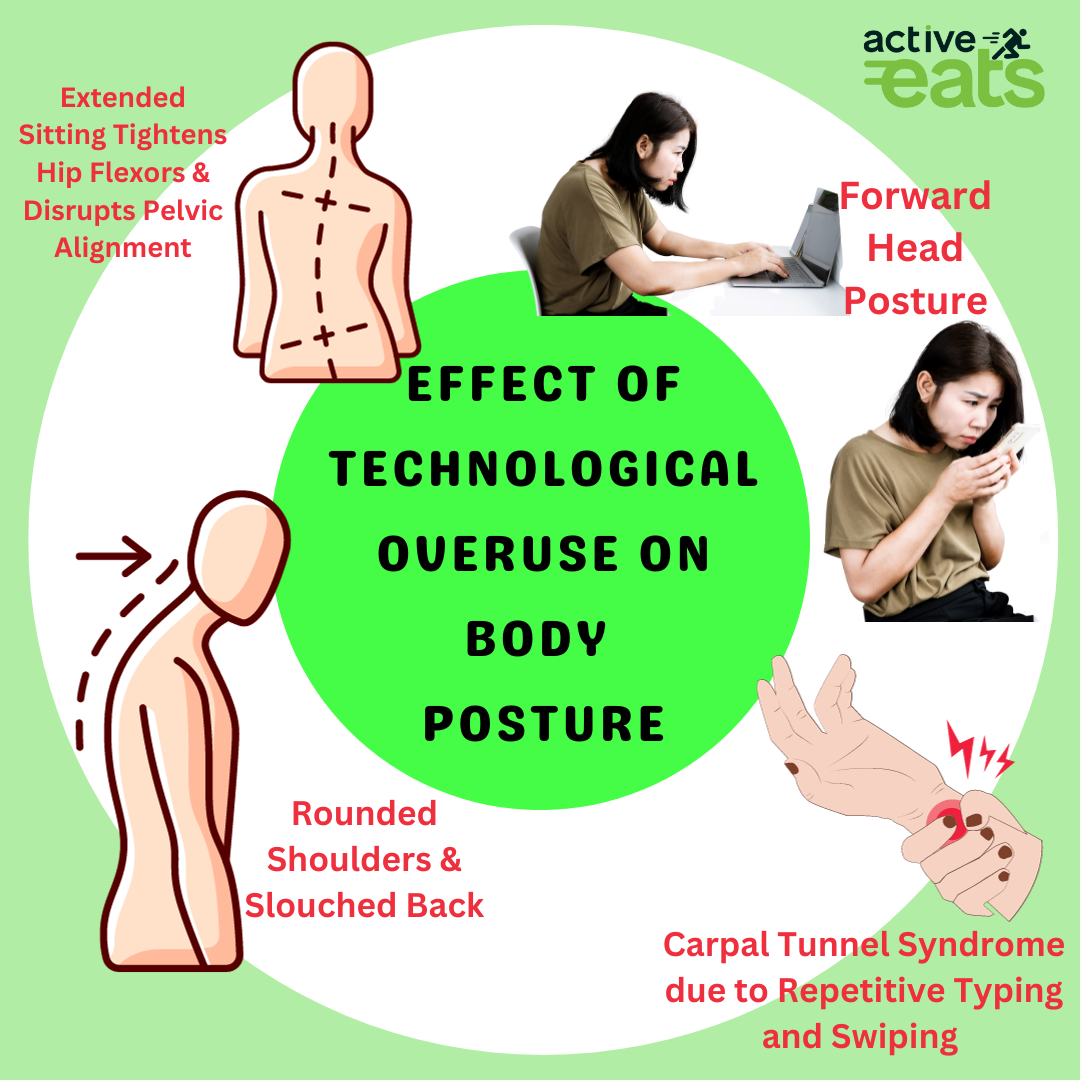
How to Improve Posture
Poor posture can result in various health problems, emphasizing the importance of ergonomic setups, regular breaks, and posture-strengthening exercises to counteract these effects.
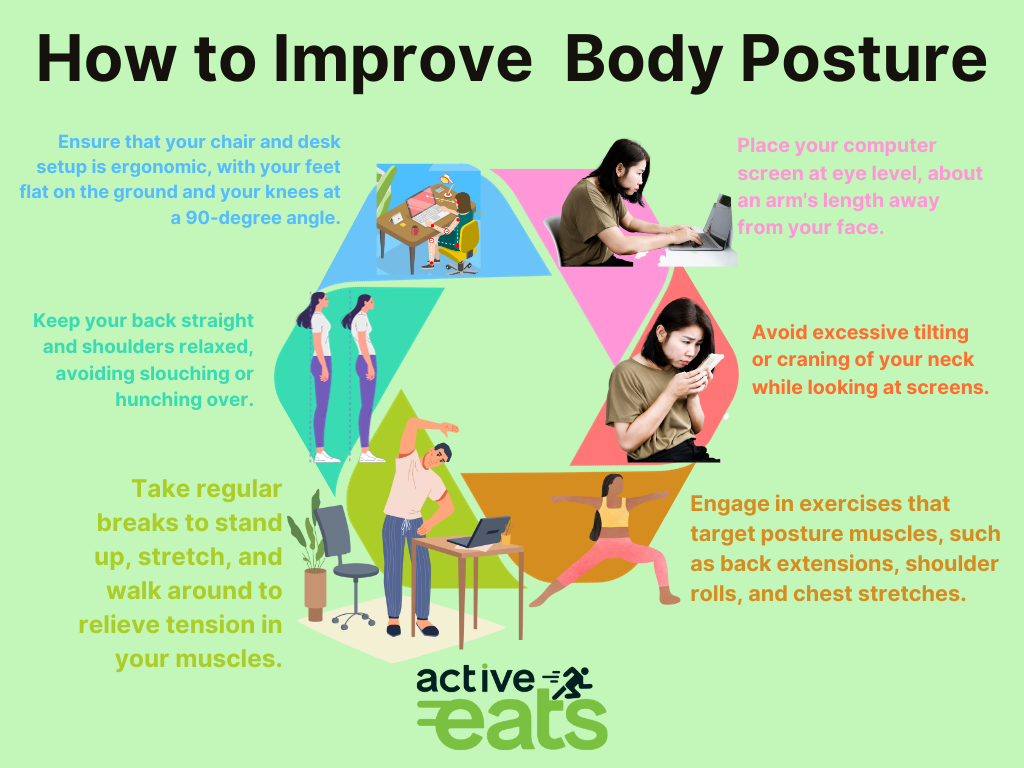
Practicing proper ergonomics and maintaining a neutral spine position can help improve posture while using technology devices.
By following these tips, you can improve your posture and reduce the risk of developing musculoskeletal problems associated with technology use.
How to reduce screentime
Reducing screentime is essential for maintaining a healthy balance in our digital lives. Here are some tips to help you reduce your time spent in front of screens:

Set time limits: Set specific time limits for yourself and your family members on daily screen usage. This will help create boundaries and encourage other activities.
Create technology-free zones or periods: Designate certain areas or times in your home where screens are not allowed. This can be during mealtime, before bedtime, or in specific rooms.
Engage in alternative activities: Find alternative activities that you enjoy and that don’t involve screens. This can include reading books, going for walks, engaging in sports or hobbies, or spending time with loved ones.
Use screen time tracking apps: There are various apps available that can help track and limit your screen time. They provide insights into your usage patterns and can send notifications when you’ve reached your limit.
Practice mindfulness: Engage in mindfulness exercises such as meditation or deep breathing to foster awareness and reduce dependence on screens. This can help you become more present and mindful of your technology use.
Remember, reducing screentime is a gradual process, and it’s important to be patient with yourself. Start small and gradually increase the time away from screens, and you’ll experience the benefits of a more balanced digital life.
Technological or digital Detox methods
Taking periodic breaks from technology use and engaging in activities that promote mindfulness and relaxation can facilitate technological or digital detox. It is important to prioritize self-care and find a balance between the benefits and drawbacks of technology.

Create a Balanced Digital Diet
Set boundaries around technology use by implementing a structured schedule or time limits. Designate certain periods or zones throughout the day where technology is not allowed, such as during meals or before bed. This will help create a healthier relationship with technology and reduce reliance on screens.
Engage in Alternative Activities
Find alternative activities that can replace excessive screen time. Reading books, engaging in outdoor recreation, pursuing hobbies, or spending quality time with loved ones can help reduce dependence on technology and provide a refreshing break.
Promote Mindfulness and Relaxation
Practice mindfulness techniques such as meditation or deep breathing exercises to reduce stress and promote relaxation. Engaging in activities like yoga or journaling can also help foster a sense of well-being and calmness, allowing for a detox from constant technology use.
Evaluate and Prioritize Self-Care
Take the time to evaluate the impact of technology on your mental and physical well-being. Prioritize self-care by incorporating regular exercise, proper nutrition, and sufficient sleep into your routine. This will help counteract the negative effects of technology and contribute to overall health and well-being.
Health effects of 5G Technology
The potential health effects of 5G technology are still being studied, but concerns have been raised about increased electromagnetic radiation exposure and its possible impact on human health.
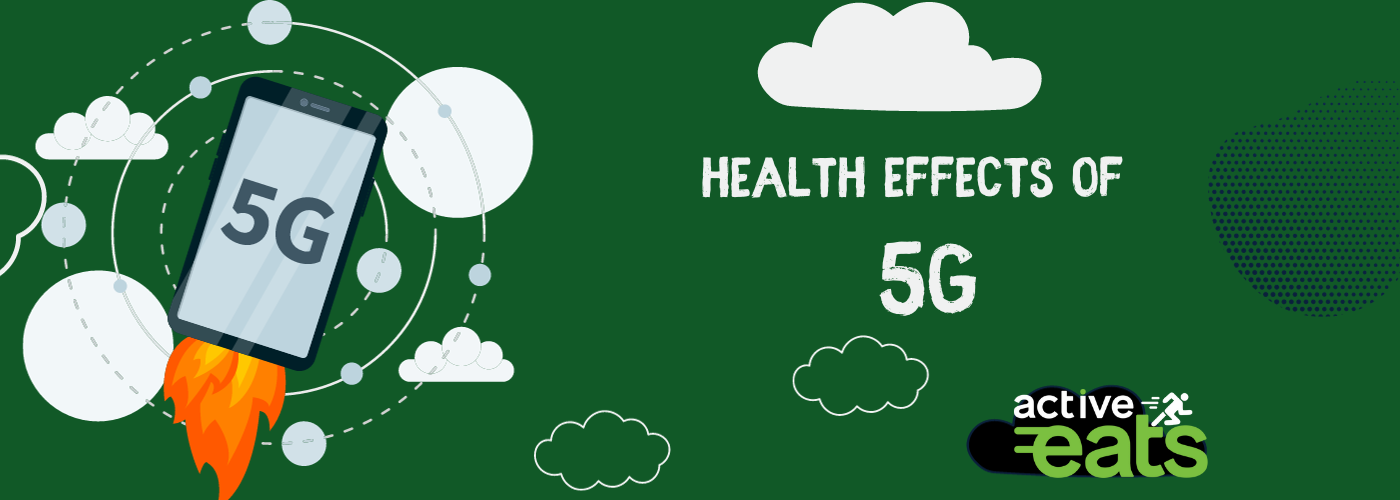
One major concern is that the higher frequency and shorter wavelength of 5G radiation may penetrate the body more deeply than previous generations of wireless technology. It is also considered that this increased depth of penetration may have adverse effects on human cells and tissues, potentially leading to various health issues.
However, it’s important to note that other studies have found no conclusive evidence of harm from 5G radiation. Further research is needed to fully understand the long-term health implications of 5G technology and to address any potential risks.
Conclusion
In conclusion, the widespread use of digital technology has brought about both positive advancements and negative health effects for human health. While it has revolutionized communication, work, and entertainment, there are various health effects of technology too. Excessive use of technology has been linked to mental health issues such as anxiety and depression, as well as physical problems like musculoskeletal issues and sleep disturbances. It can also contribute to heart problems, sexual dysfunction, and pose potential risks during pregnancy.
Additionally, the detrimental health effects of technology on children and teenagers, impacting their development and academic performance. However, there are ways to mitigate these health problems such as improving posture while using devices, reducing screen time, and engaging in technological or digital detox methods. It is also crucial for further research to be conducted on the potential health effects of emerging technologies such as 5G. Ultimately, finding a balance in the use of technology is essential for maintaining overall health and well-being in the digital age.

